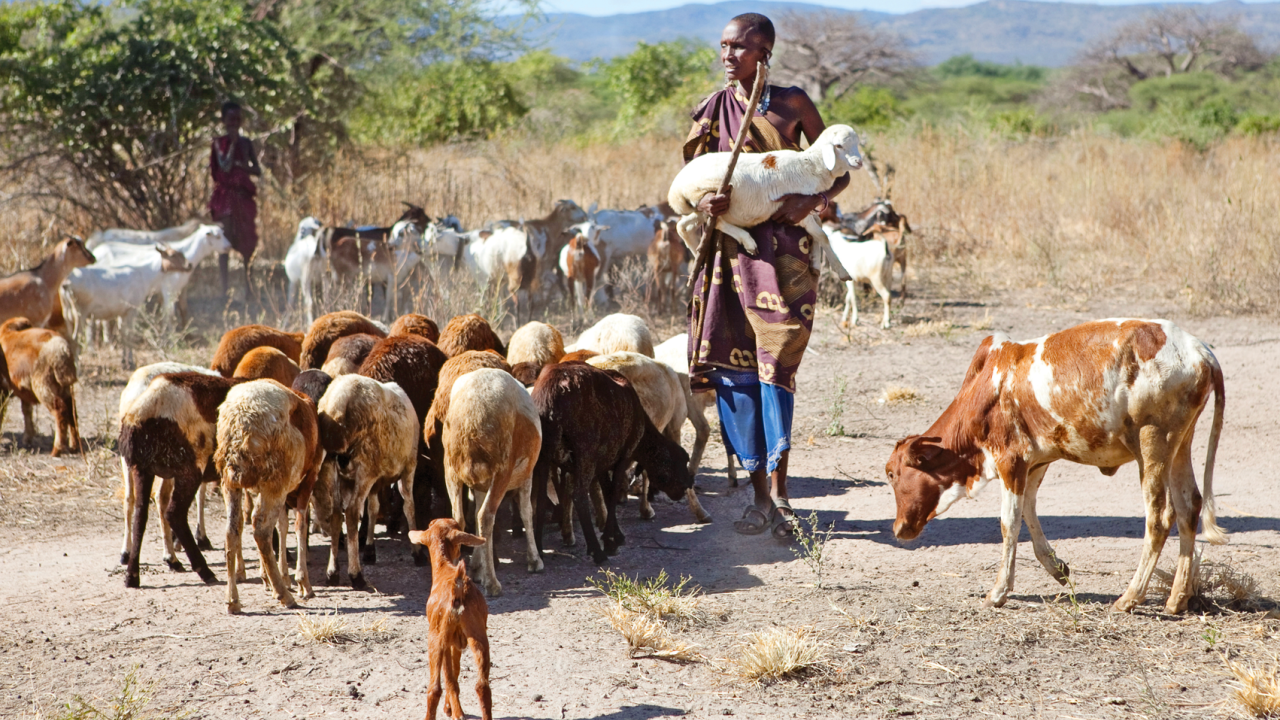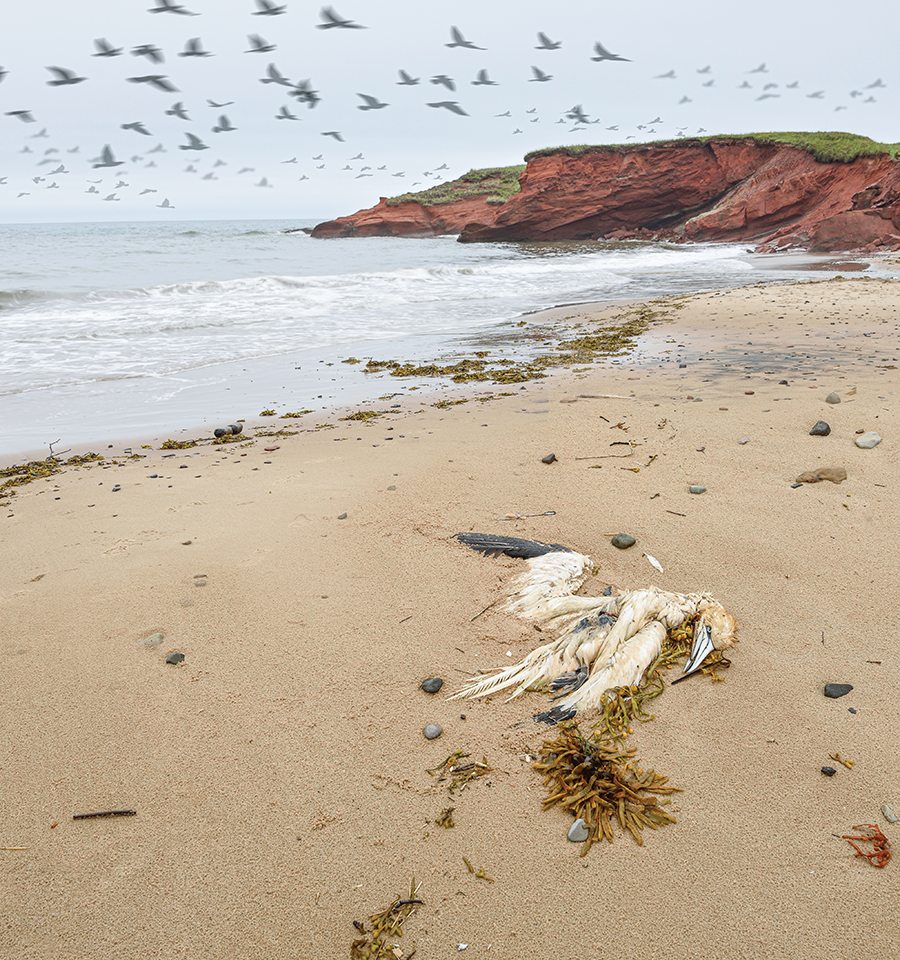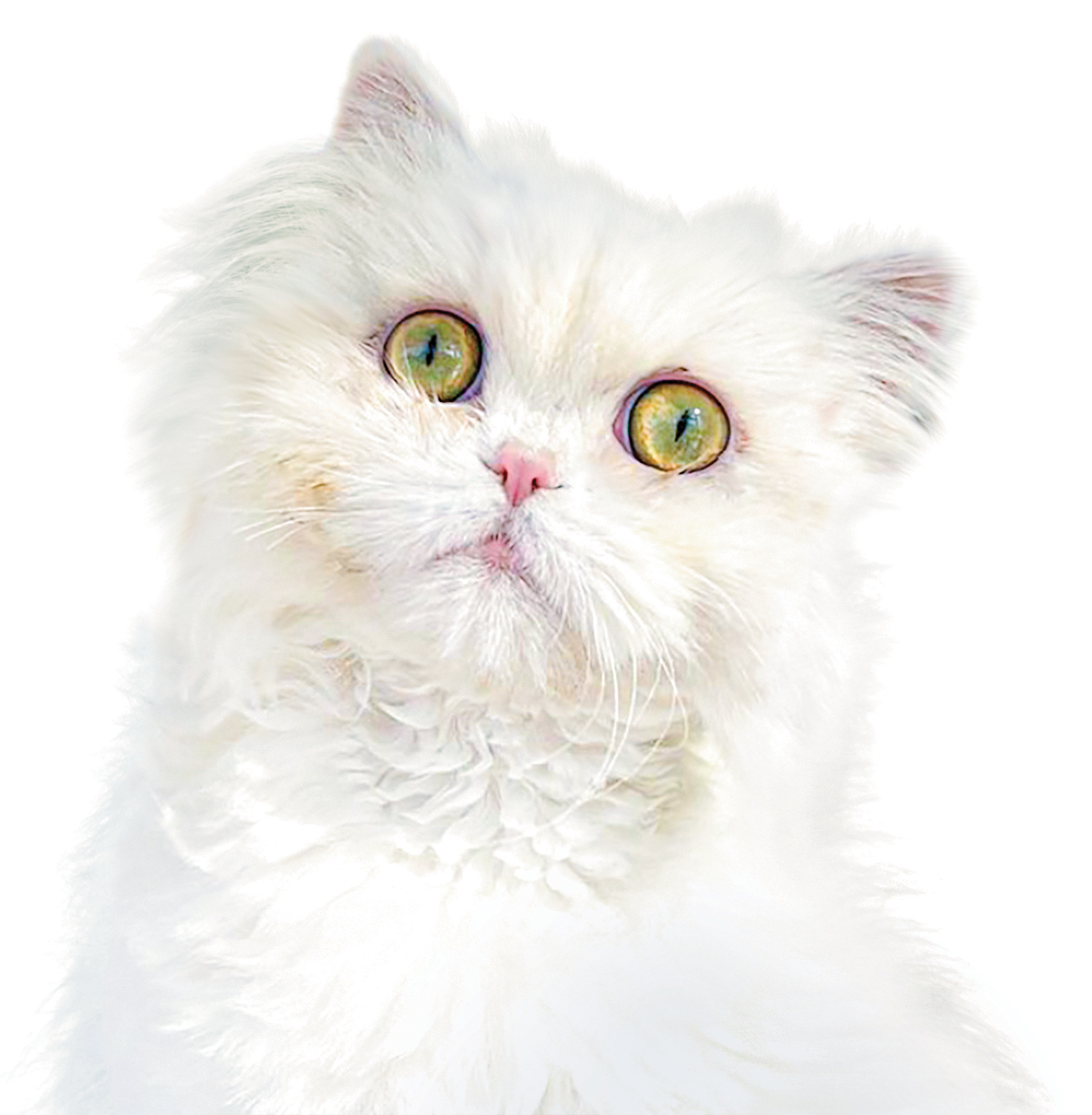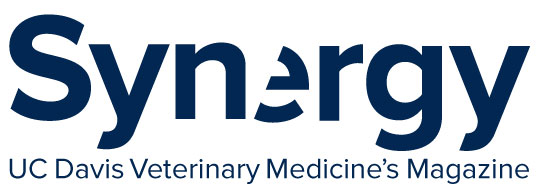
News Bites

Combating Rift Valley Fever
Researchers at the school’s One Health Institute have been awarded $28 million to lead a novel human vaccine trial against Rift Valley fever virus in Africa. The project aims to work with partners in African countries affected by the virus to assess the safety and immune response of the vaccine in people most at risk. It is funded by the Coalition for Epidemic Preparedness Innovations and the European Union’s Horizon Europe program. Rift Valley fever, or RVF, can cause a severe viral hemorrhagic fever and other disease syndromes that affect both people and domesticated livestock animals. Large-scale outbreaks are often linked to heavy rainfall and flooding when the virus spreads to people either through mosquito bites, or contact with infected livestock and virus-contaminated meat and fluids.
In humans, the majority of infections lead to a mild to moderate illness. However, in some cases RVF is much more severe with symptoms ranging from joint and muscle pain, to vision loss and blindness, liver and neurological damage and hemorrhagic fever.
RVF outbreaks in livestock cause the sudden death of large numbers of pregnant animals, and mortality and illness in young ones. Infection leads to so called “abortion storms” with spontaneous loss or developmental abnormalities that can affect up to 90% of pregnant animals.
These losses are especially impactful across rural Africa. In Tanzania, more than 30% of households depend on livestock. Although animal vaccines are available, their use is not widespread. RVF outbreaks decimate family livelihoods through not only direct human health impacts, but also the large-scale loss of livestock, food products and income.

Bird Flu Racing to Antarctica
Over the last three years, a highly lethal form of avian influenza known as H5N1 spread across Europe, Africa and Asia before jumping across the ocean and setting off the worst bird flu outbreak in U.S. history. The virus resulted in the deaths of nearly 60 million farmed birds in this country alone. But unlike earlier versions of the virus, it has also spread widely in wild birds and routinely spilled over into wild mammals.
Last fall, the virus arrived in South America and raced quickly down the Pacific coast, killing wild birds and marine mammals in staggering numbers. Peru and Chile alone have reported more than 500,000 dead seabirds and 25,000 dead sea lions, according to a new
report from a global network of flu experts. Those experts include Drs. Marcy Uhart and Ralph Vanstreels, researchers with the school’s One Health Institute’s Latin American wildlife health program.
The New York Times, along with international news outlets, reports that scientists are now worried that the virus will make its way to Antarctica, one of only two continents—along with Australia—that have not yet been hit by the pathogen. More than 100 million birds breed in Antarctica and on the islands nearby, and many marine mammals swim in the surrounding waters. It will be critical to monitor wild populations to learn more about how the virus is spreading, what species might be most at risk and what conservation actions might be needed to help them recover, scientists said.

Mountain Lion Mourned Worldwide
When P-22, a Southern California mountain lion, was euthanized last December after suffering a vehicle strike and showing other serious health issues, it became clear how many hearts he had captured around the world.
Veterinary pathologists at the San Diego Zoo discovered that P-22 had serious injuries (some fresh and some older) and confirmed that he was underweight, arthritic and had progressive and incurable kidney disease. He also had a severe parasitic skin infection over his entire body, caused by demodectic mange and a fungus, specifically ringworm.
The school’s California Animal Health and Food Safety Laboratory conducted toxicology tests that showed the big cat had also been exposed to five anticoagulant rodenticide compounds, although he had no evidence of poisoning. He was one of the animals followed by the Karen C. Drayer Wildlife Health Center’s California Mountain Lion Project.
The death of the 12-year-old cougar who had once graced the pages of National Geographic was covered in the New Yorker’s “A Requiem for a Great Cat,” and in a eulogy by Beth Pratt of the National Wildlife Federation.

Collaborative Care for Chimp
There is never a dull moment at the UC Davis veterinary hospital, but some days are more exciting than others! Such was the case when Maria, a 22-year-old chimpanzee from the Sacramento Zoo, visited the hospital for an abdominal CT scan that confirmed the presence of a grapefruit-sized mass on her right kidney. After immediate surgery to remove the kidney, the mass was determined to be an oncocytoma, a benign growth that rarely causes symptoms.
Dr. Jenessa Gjeltema, an assistant professor of clinical zoological medicine and the zoo’s head veterinarian, said Maria’s case is a perfect example of the collaborative relationship between
the zoo and the veterinary school. Maria’s team of caregivers worked closely with UC Davis specialists in oncology, internal medicine, anesthesia, radiology, surgery, and of course zoological medicine. Her story was featured in popular social media posts.

Teamwork to the Rescue
Chouchou became a social media darling after UC Davis veterinary oral surgeons repaired his severe cleft palate. Born with an unfused mouth roof, he faced an uphill battle to survive and landed into the right hands when Hannah Shaw agreed to rescue the newborn. Shaw, founder of the Orphan Kitten Club and affectionately known as the Kitten Lady, knew the complexities it would take to get the tiny kitten (only 60 grams) to the point of being able to undergo corrective surgery.
Chouchou needed tube feeding for six months until he was big enough to visit UC Davis for a consultation with the Dentistry and Oral Surgery Service (DOSS).
When cleft palates are exceptionally extensive, they are challenging to repair due to the lack of available tissues and the high risk of failure.
DOSS faculty members Drs. Boaz Arzi and Stephanie Goldschmidt, along with resident Dr. Elias Wolfs created a multi-stage treatment plan that involved removing some teeth and the corrective surgery to rebuild a palate for Chouchou’s mouth to allow him to eat normally.
Six months post-surgery, Chouchou is doing well and was recently adopted by Shaw and her husband, Andrew Marttila. Shaw’s Orphan Kitten Club supports many initiatives at UC Davis, including the school’s student-led rescue, the Orphan Kitten Project, and many kitten-based research projects. You can see more of Chouchou on his Instagram, @crustmuppet.
